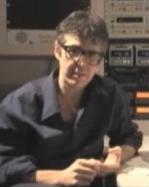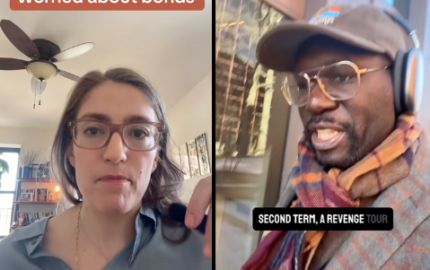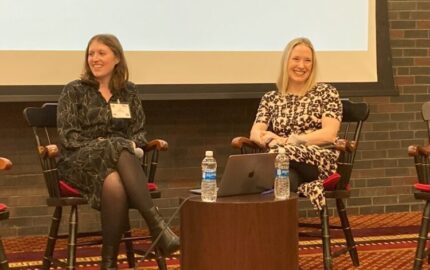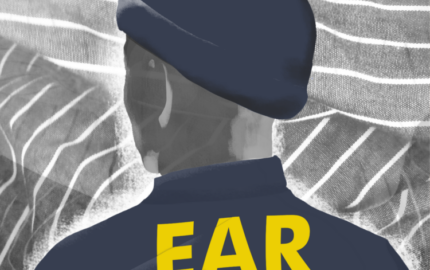Looking a little more at the article, it seems like Raeburn’s critique about organization has a point. The story moves back and forth between 2007, 2004, the present, last week, and the future in a way that makes it hard to know where to stand to get a view of events. Which, in turn makes it harder to understand what the news, or even the story, is.
While the Times piece is only quasi-narrative, knowing what your story is and how to organize it go to the heart of narrative nonfiction. Randy Olson, a scientist turned filmmaker who writes at TheBenshi.com, had an interesting post on this idea this week. He interviewed Tom Hollihan of the USC Annenberg School for Communication about science and storytelling. While the interview focuses on scientists rather than journalists, Hollihan’s thoughts are universally applicable.
 When it comes to your audience, says Hollihan, “You want to pique their interest, and you want to satisfy that interest that you’ve piqued. And if you fail in either regard, you haven’t had an effective message.” He goes on to say that without a coherent story to knit them together, facts sometimes have a hard time conveying an argument.
When it comes to your audience, says Hollihan, “You want to pique their interest, and you want to satisfy that interest that you’ve piqued. And if you fail in either regard, you haven’t had an effective message.” He goes on to say that without a coherent story to knit them together, facts sometimes have a hard time conveying an argument.Ira Glass’ YouTube storytelling segments address some of the same issues more directly for journalists. In his first video, Glass introduces two building blocks of story: anecdotes and moments of reflection. He demonstrates how even boring events can gain momentum through anecdotal storytelling and explains the need to offer insight on why the story matters.
“Often, it’s your job to be kind of ruthless and to understand that either you don’t have a sequence of actions—you don’t have the story part that works—or you don’t have a moment of reflection that works,” says Glass. “You’re going to need both. And in a good story, you’re going to flip back and forth between the two.”
Even veteran storytellers have to keep these issues in mind. It’s easy to get so carried away with the narrative in your head, the one you know backward and forward, that you forget to leave a path for the reader to get through the story.
[*To be fair to the Times, we should note that Science Tracker gave kudos to two other health stories from the paper this week, including a interesting multi-part narrative by Amy Harmon on an experimental cancer drug.]


